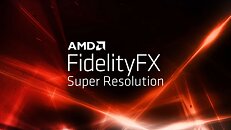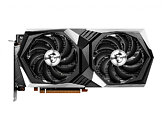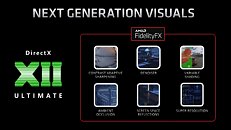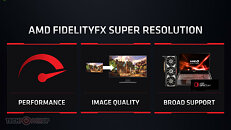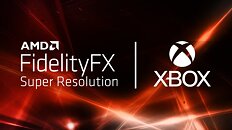
AMD FSR 3 with Frame Generation Comes to Call of Duty MW:III and Warzone
Official support for AMD FidelityFX Super Resolution 3 (FSR 3), including support for Frame Generation, has been extended to Call of Duty Modern Warfare III and Warzone, though their latest game patch. This adds FSR 3 as an option, which lets you choose between five performance presets—Ultra Performance, Performance, Balanced, Quality, and Native; with Native being analogous to NVIDIA's DLAA preset—a quality enhancement at native resolution, without upscaling. With the "AMD FSR 3.0" upscaling/sharpening option selection, you also get Frame Generation as a separate toggle, which nearly doubles frame rates using AMD's interpolation technology.
Call of Duty MW:III and Warzone are arguably the biggest game franchise to implement FSR 3 so far. The list of officially supported FSR 3 titles is small, with just five other titles that include Avatar: Frontiers of Pandora, Forspoken, Immortals of Aveum, Like a Dragon Gaiden: The Man Who Erased His Name; and Motorcubs RC; however, with AMD posting the FSR 3 source code to GPUOpen, the game modding community is all over the feature, extending unofficial FSR 3 and Frame Generation mods to games not on this list. It's worth noting that the latest CoD MW:III patch has FSR 3 replace the FSR 2.1 option entirely.
Call of Duty MW:III and Warzone are arguably the biggest game franchise to implement FSR 3 so far. The list of officially supported FSR 3 titles is small, with just five other titles that include Avatar: Frontiers of Pandora, Forspoken, Immortals of Aveum, Like a Dragon Gaiden: The Man Who Erased His Name; and Motorcubs RC; however, with AMD posting the FSR 3 source code to GPUOpen, the game modding community is all over the feature, extending unofficial FSR 3 and Frame Generation mods to games not on this list. It's worth noting that the latest CoD MW:III patch has FSR 3 replace the FSR 2.1 option entirely.



































